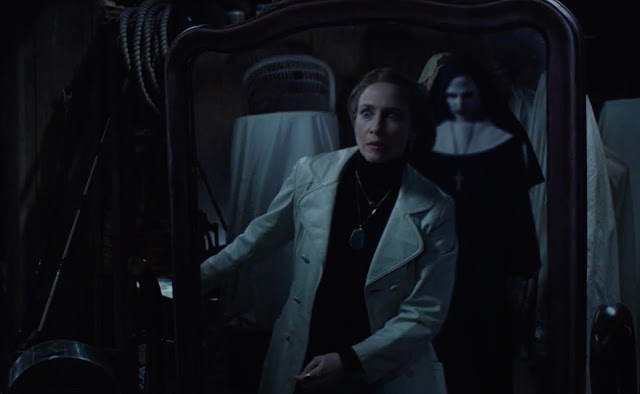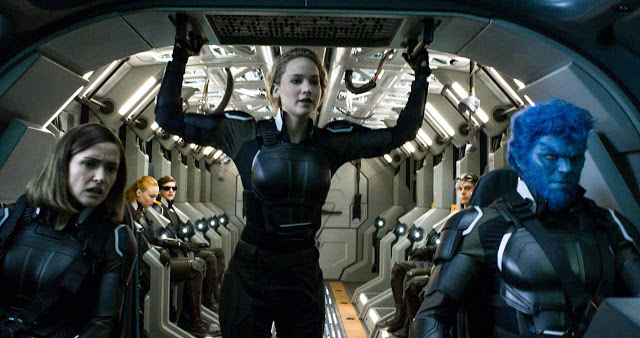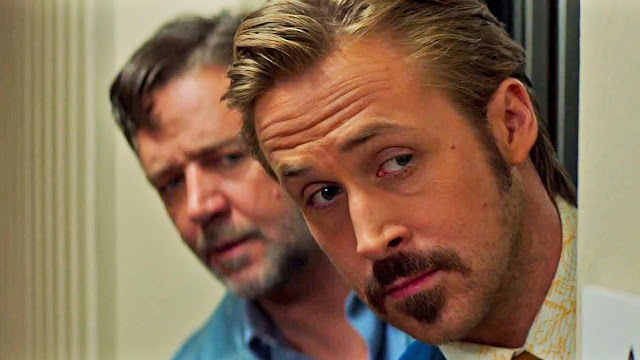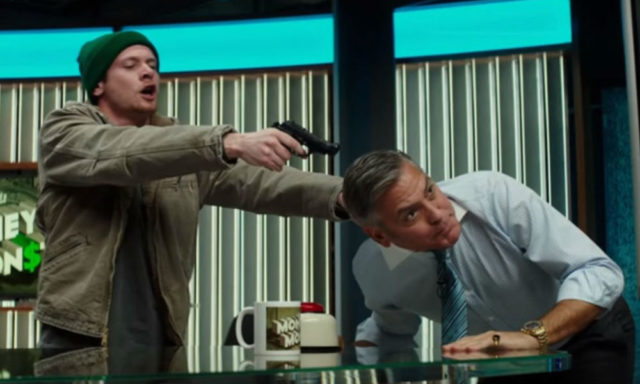The Conjuring 2: The Kids Are All Right, Until the Demon Shows Up
Everything undead is alive again in The Conjuring 2, a skillfully constructed dispensary of the heebie-jeebies. Directed by the 21st century’s preeminent purveyor of nightmares, James Wan (Saw, Insidious), it’s a methodical exercise in modern horror, with all of the required elements: a haunted house, a possessed child, jolt-scares, intrepid investigators, and shadowy things that go bump in the night. There’s not a whole lot new to see in this dark, foreboding film, but in horror, familiarity can breed fear as well as contempt. When coming face-to-face with The Conjuring 2‘s predictability, you may be inclined to roll your eyes, but then, you may be too afraid to open them in the first place.
The original Conjuring didn’t reboot the horror genre so much as reinvigorate it, reminding viewers that scary movies can be patient and legitimately disturbing rather than just loud and schlocky. It also demonstrated just how effective a director Wan can be. Having traded in the vulgar sadism of Saw for something more contemplative, he proved to be a master of the slow build, wringing tension from ostensibly mundane images and objects. The Conjuring was horror as negative space, turning the absence of incident into its own clammy terror. By the time Lili Taylor chose to play a seemingly innocent game called “hide and clap” with her young son, I practically needed a ventilator. Read More





